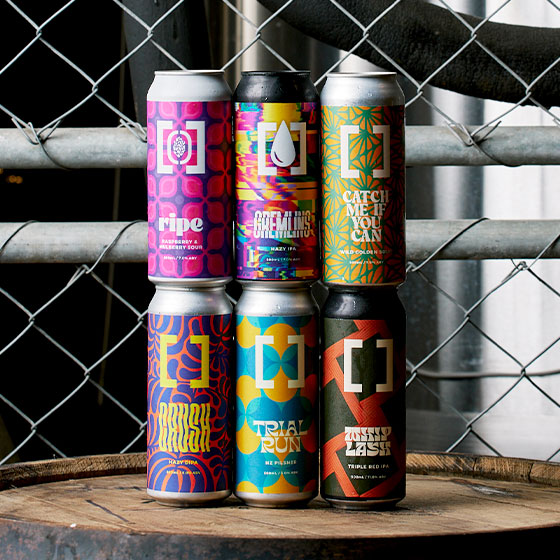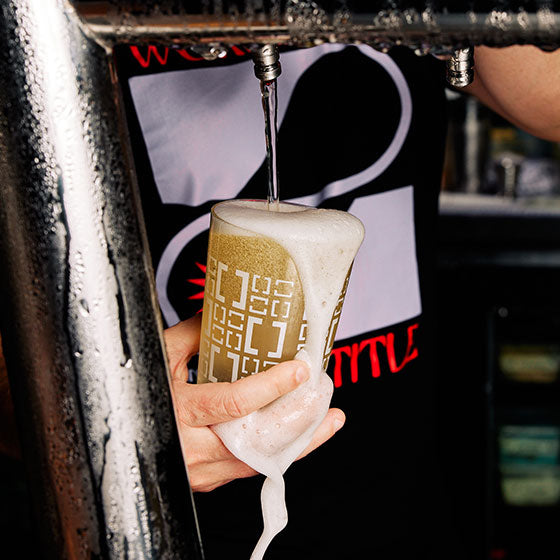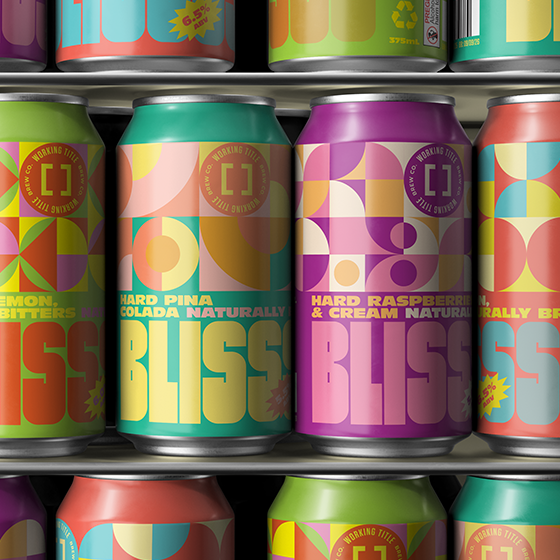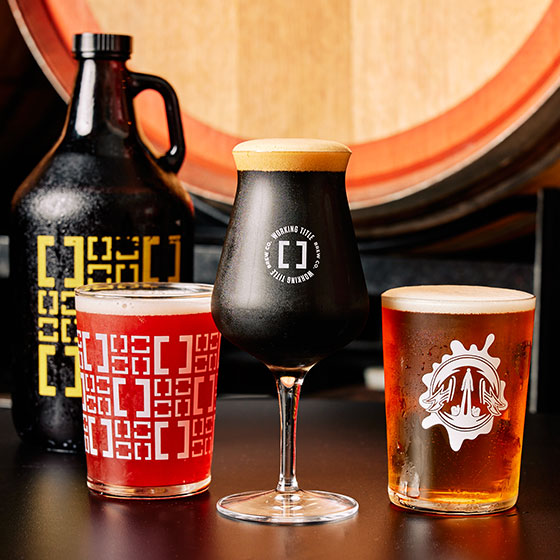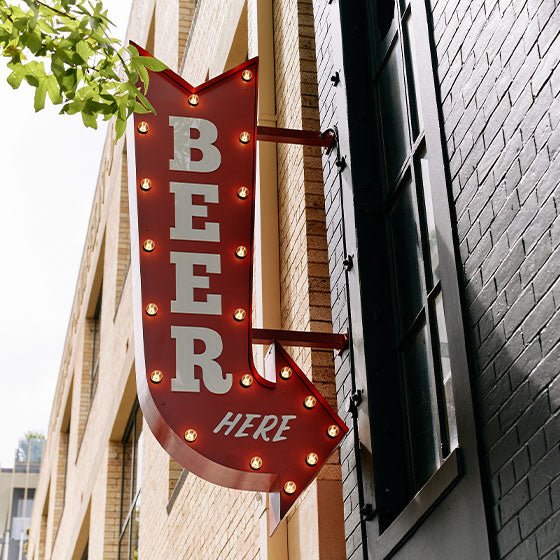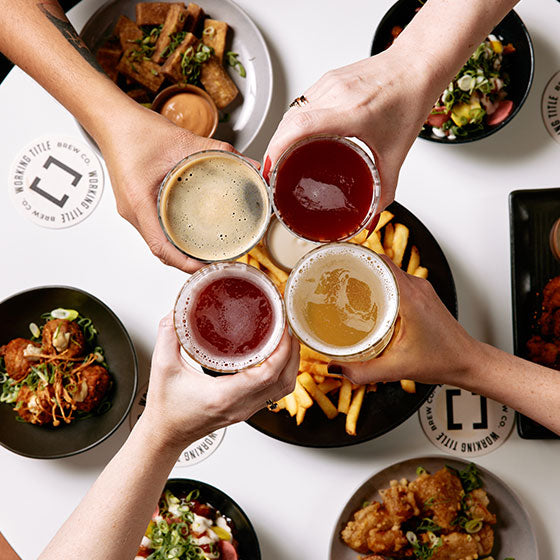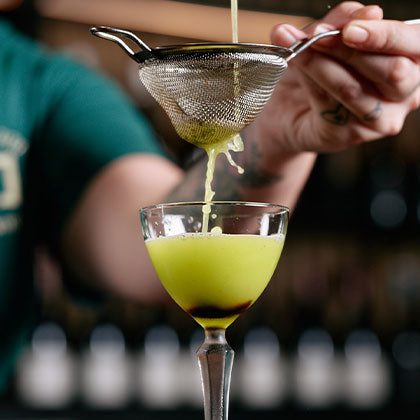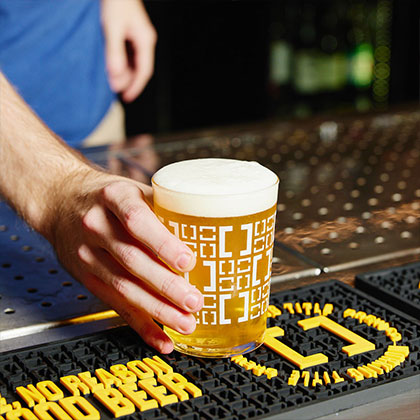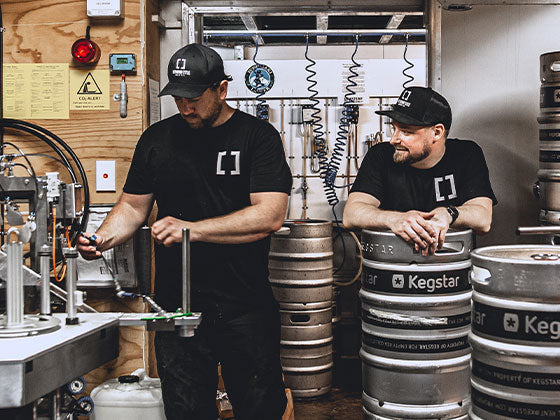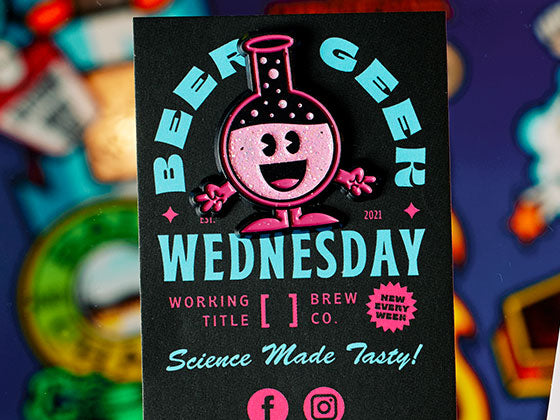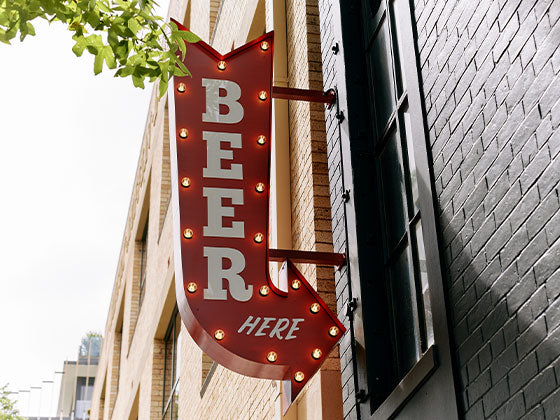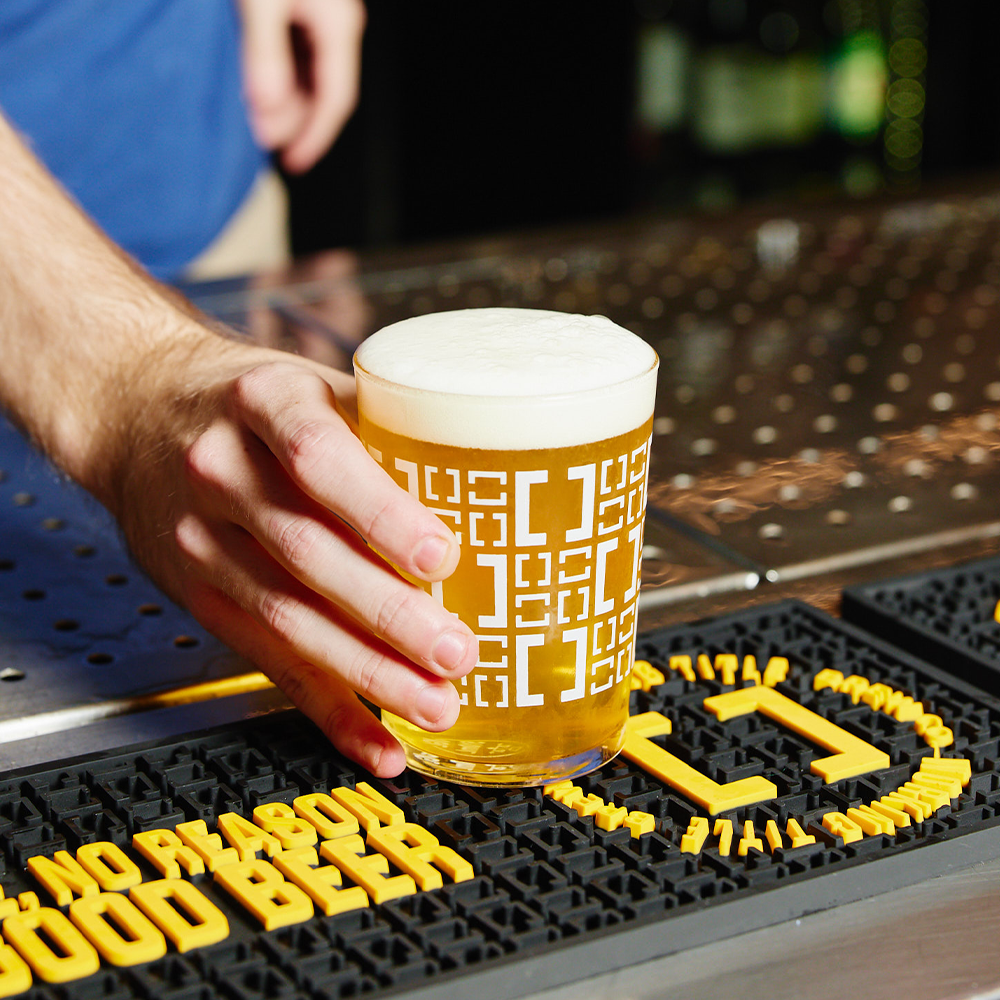Beer Geek Wednesday
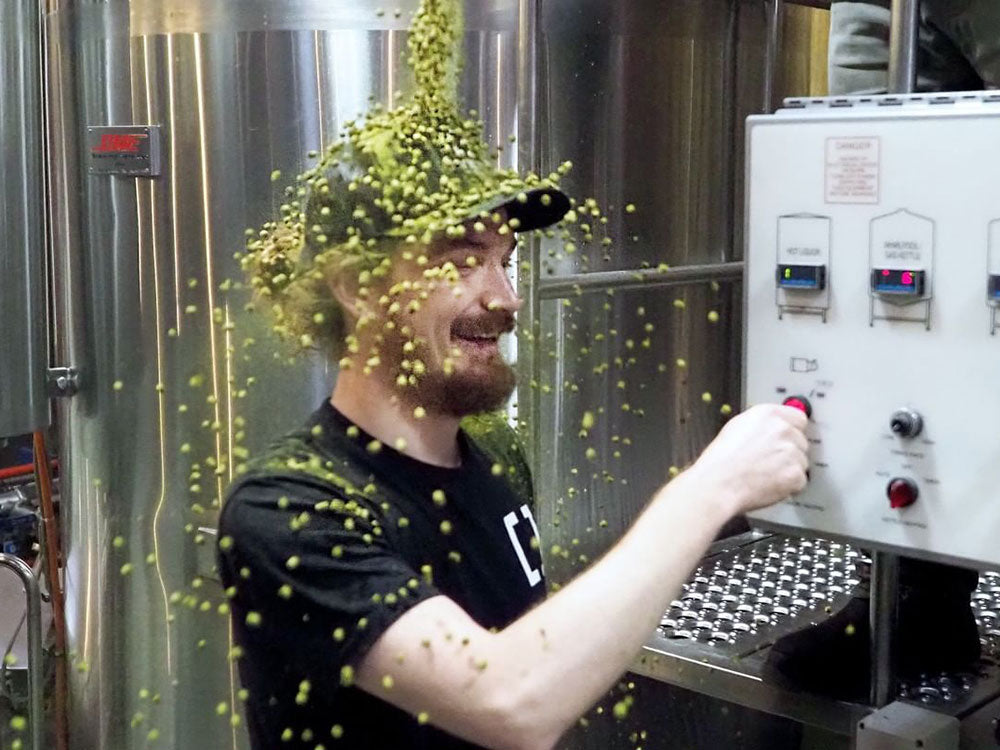
Terpene Series: Myrcene
Myrcene is the predominant hydrocarbon in hop oils, accounting for up to 70% of total oils in some varieties. Upon the ripening of hop cones, epoxide terpenoids appear first, followed by the sesqui...
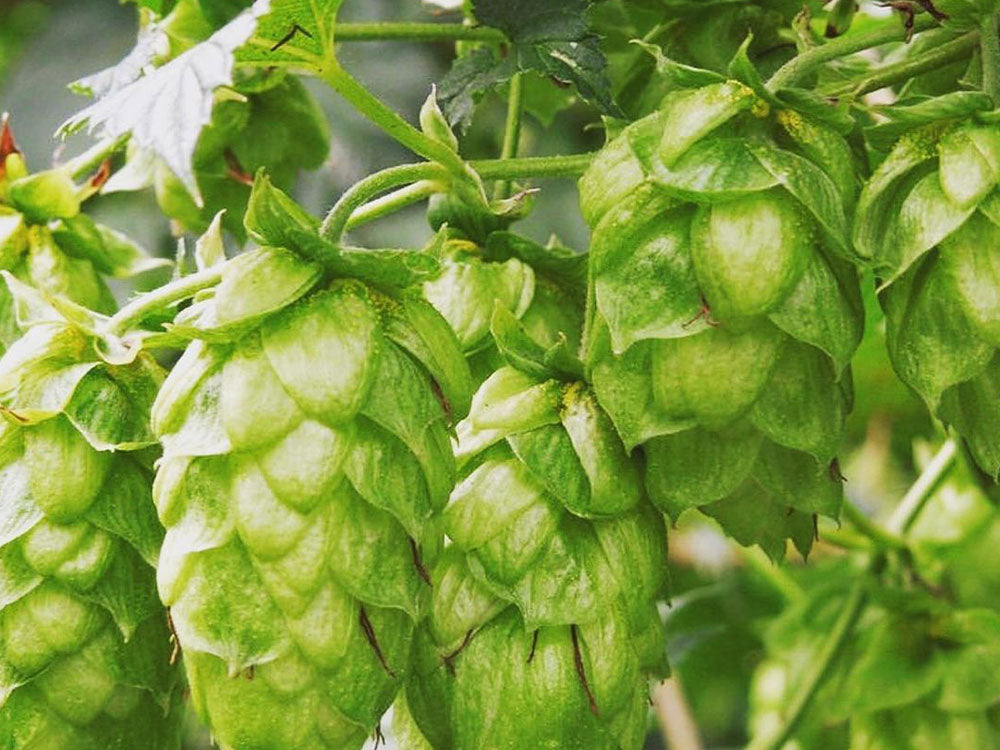
Terpene Series: Geraniol
Like LinaLOL, Geraniol is an epoxide adaption to yer classical monoterpene. It is created through oxidation of Myrcene in specific hop varieties. It ends up gooderer in beer when adding hops in the...
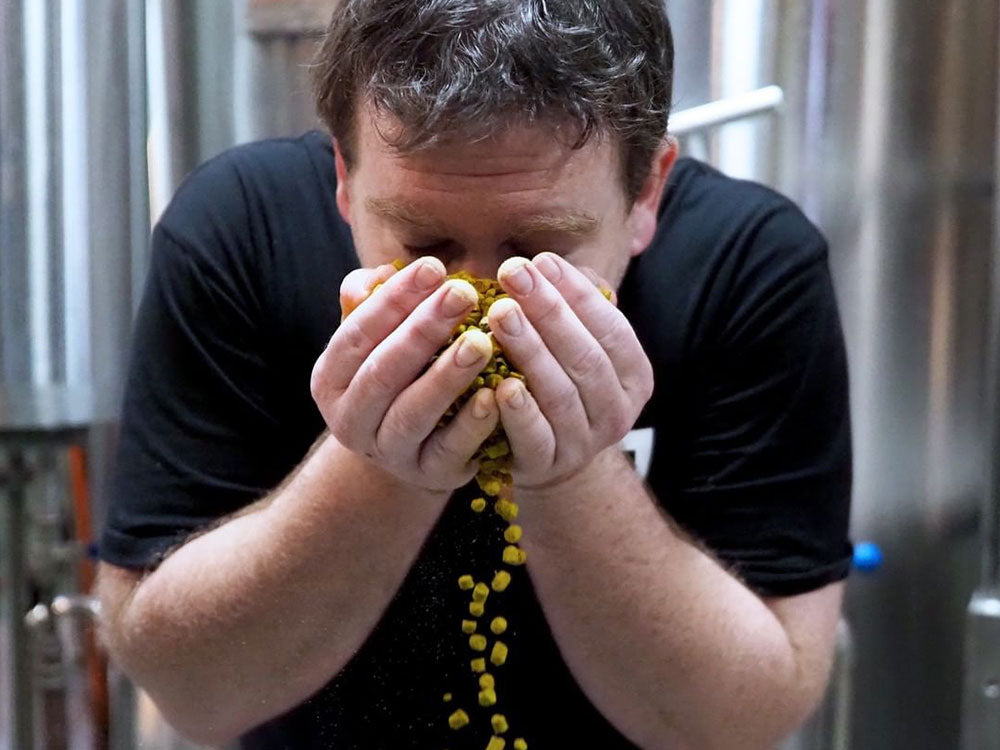
Terpene Series: Farnesene
Old mate farnesene delivers a predominately floral aroma with hints of apple, citrus, wood and spice. Correlating well with Nobel hop character, farnesene consumption is almost definitely connected...
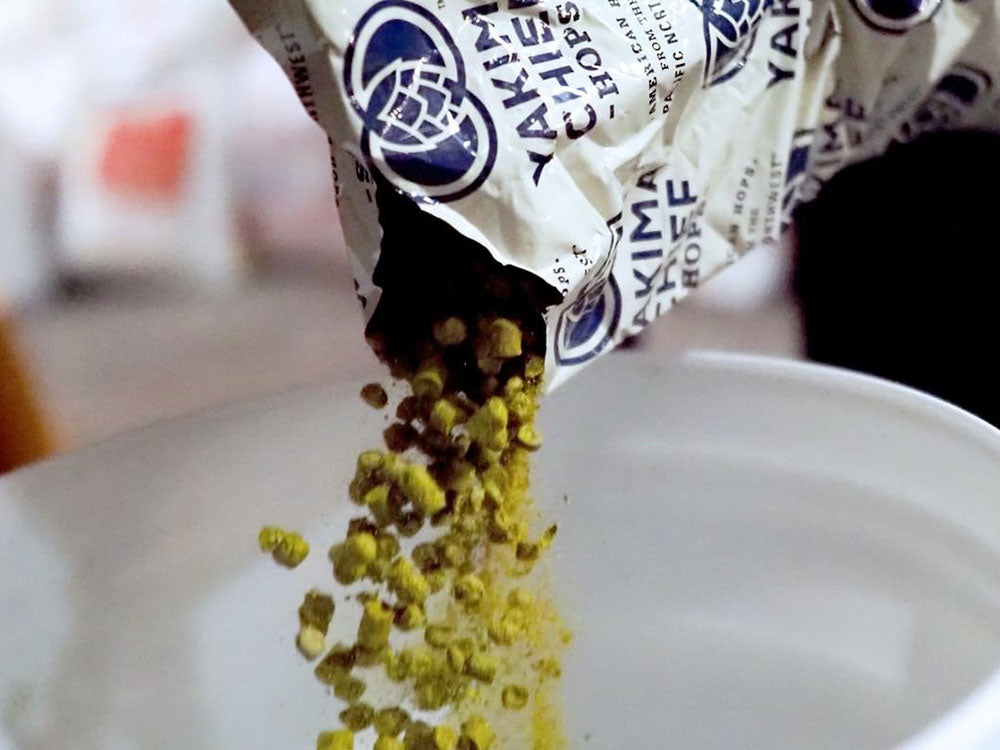
Terpene Series: Humulene
Like it’s chemical sibling, caryophyllene, humulene is a sesquiterpene. It can break down into epoxide byproducts via oxidation. These products are much more stable than humulene and give certain v...
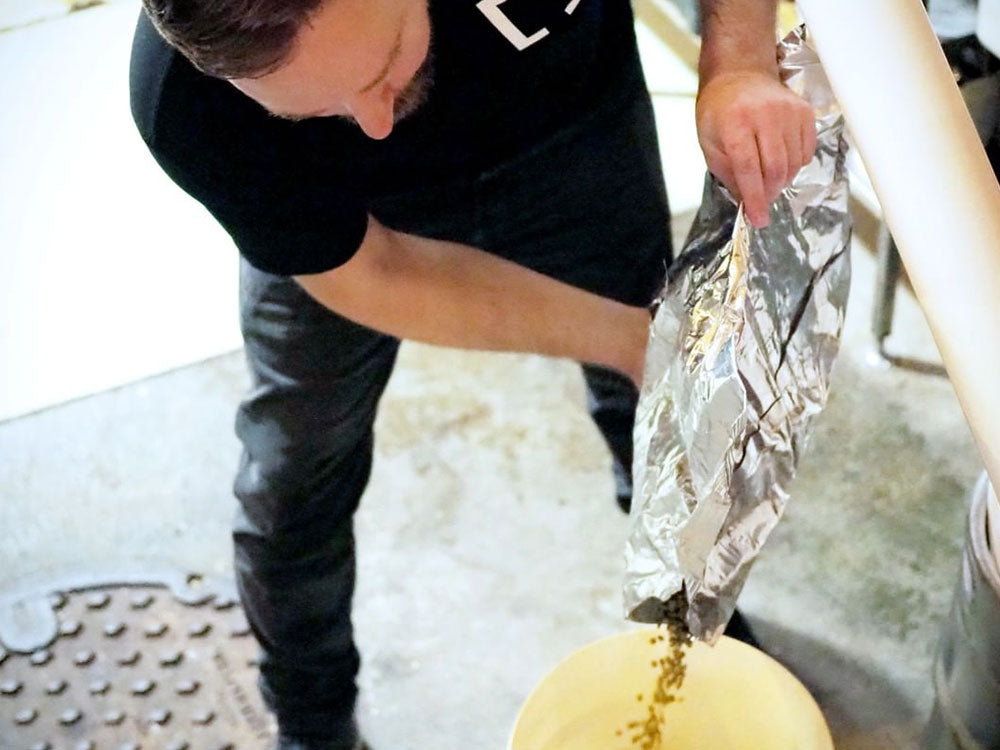
Terpene Series: Linalool
Linalool is an alcohol terpene, meaning it is an oxidised product of myrcene, the major terpene found in hops. It is much more soluble than primary terpenes and interestingly, its levels do not inc...

Terpene Series: Caryophyllene
Caryophyllene provides a spicy, black pepper and woody character, being found in hops, pepper, cloves, basil, rosemary and cannabis. Although less volatile than its monoterpene cousins, caryophylle...
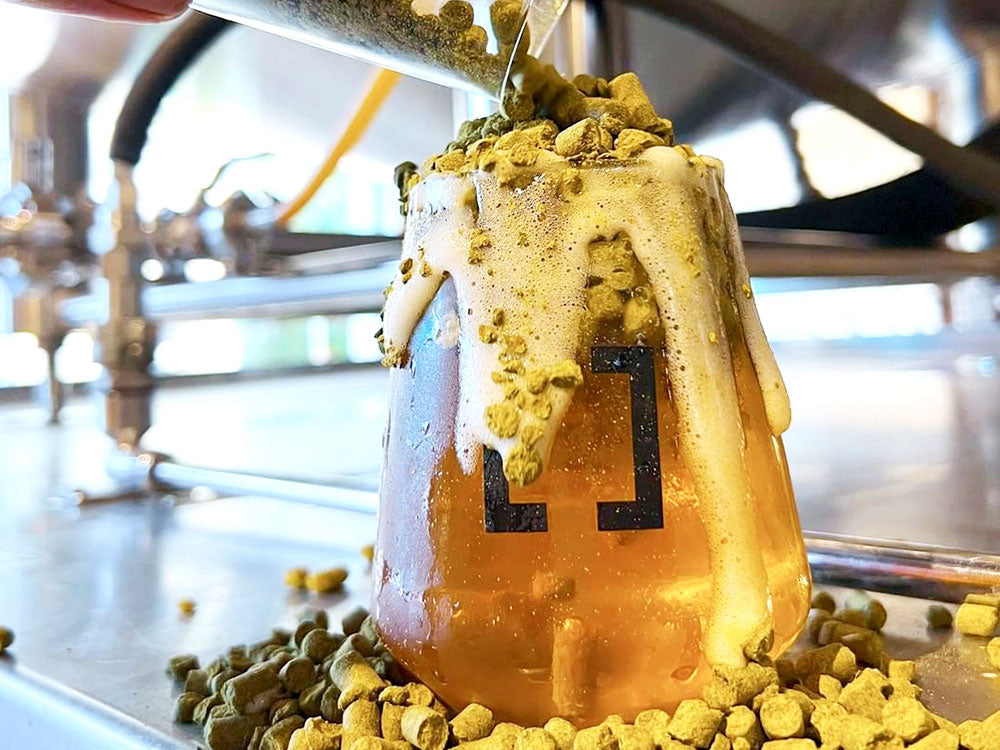
Terpene Series: Limonene
Limonene is the oxidative product of a monoterpene. It is found in a wide range of citrus plants and promotes positive health outcomes like reducing anxiety and acting as an antioxidant.
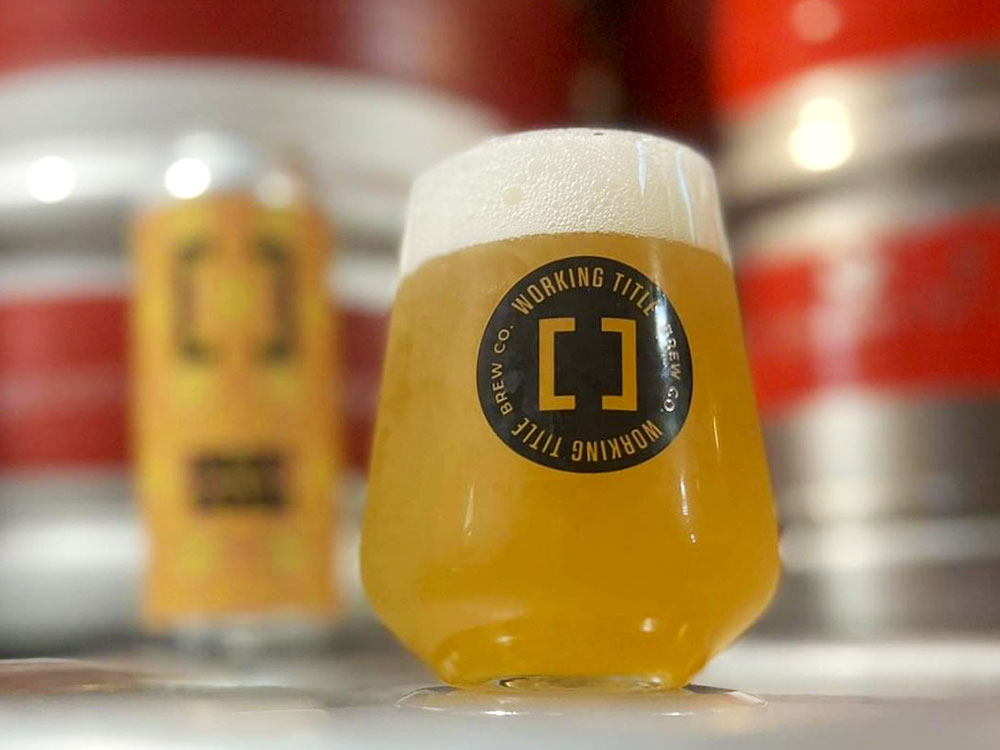
Terpene Series: Pinene
Pinene is a woody, herbal and, astoundingly, pine-y flavour found in lots of herbs, like basil and rosemary, and of course our favourite hops. Even when present, however, pinene only accounts for a...
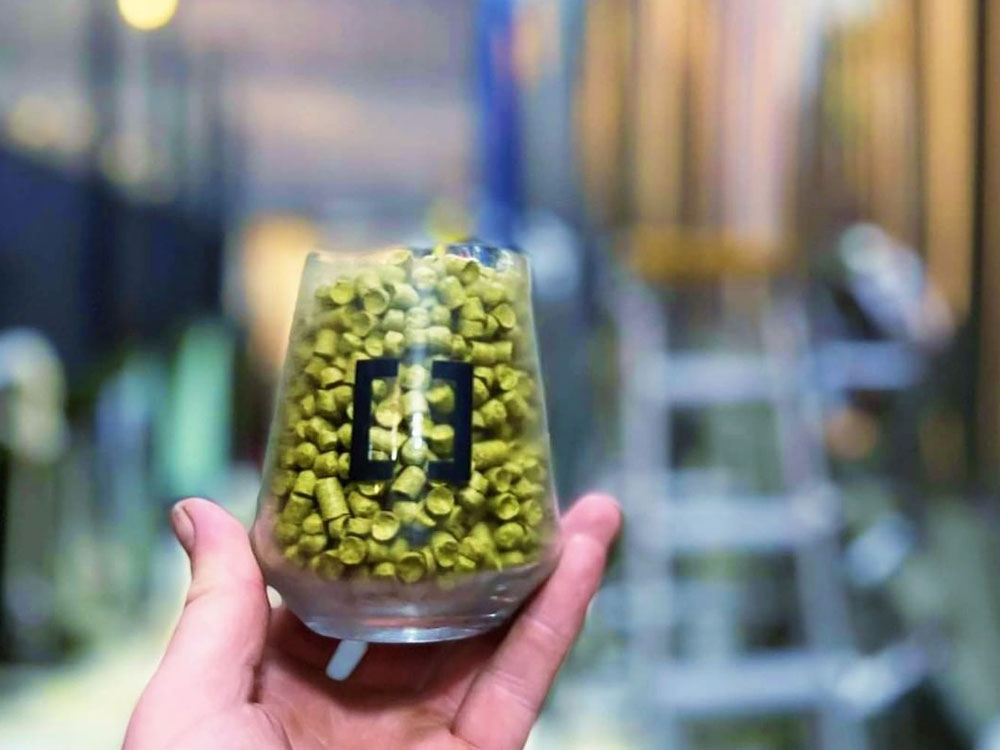
Terpene Series: Introduction
Terpenes are a group of organic molecules found in plants that are highly aromatic. Plants use them to attract pollinators, repel predatory insects, communicate and seed clouds (seriously). There’s...

